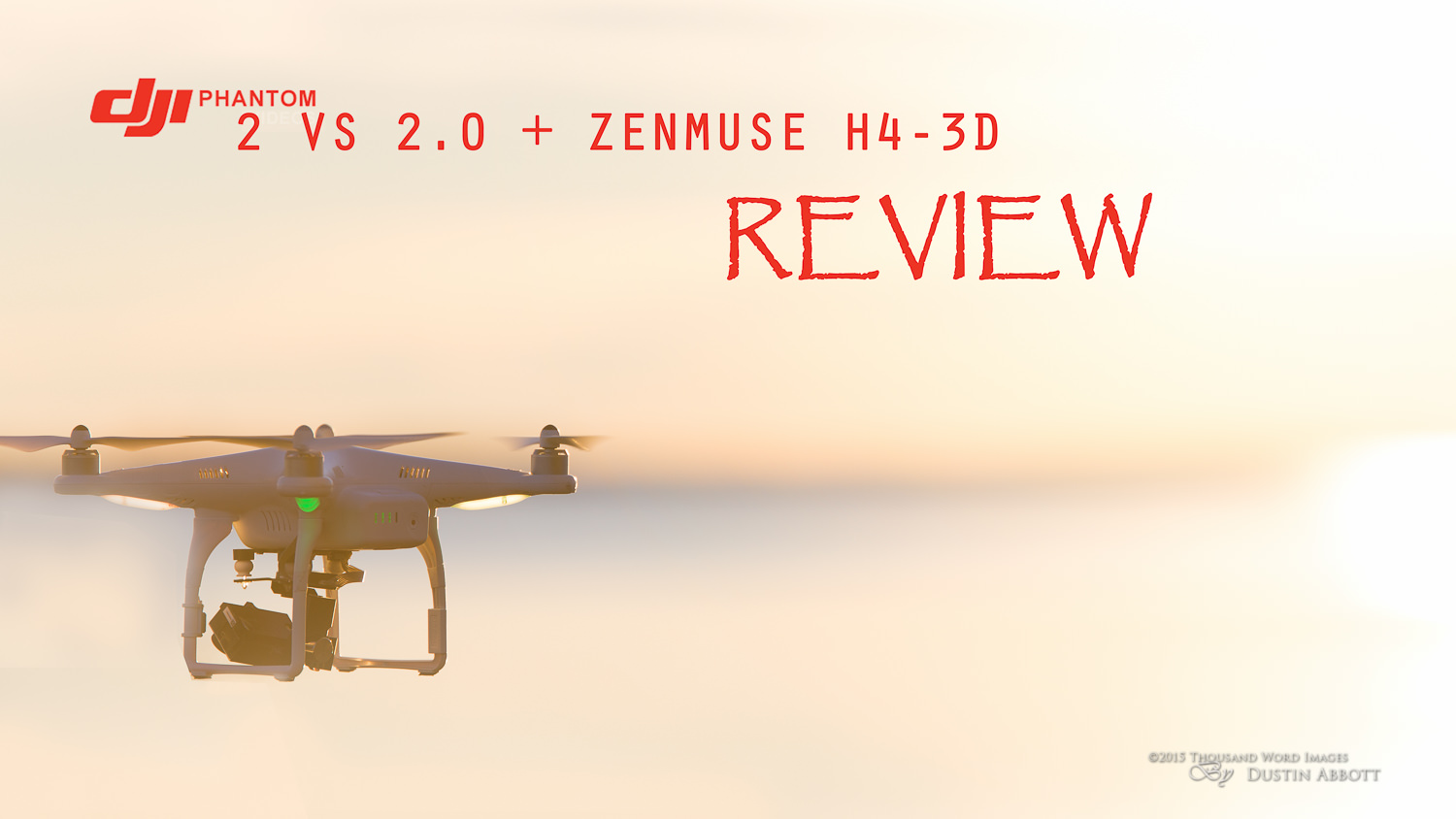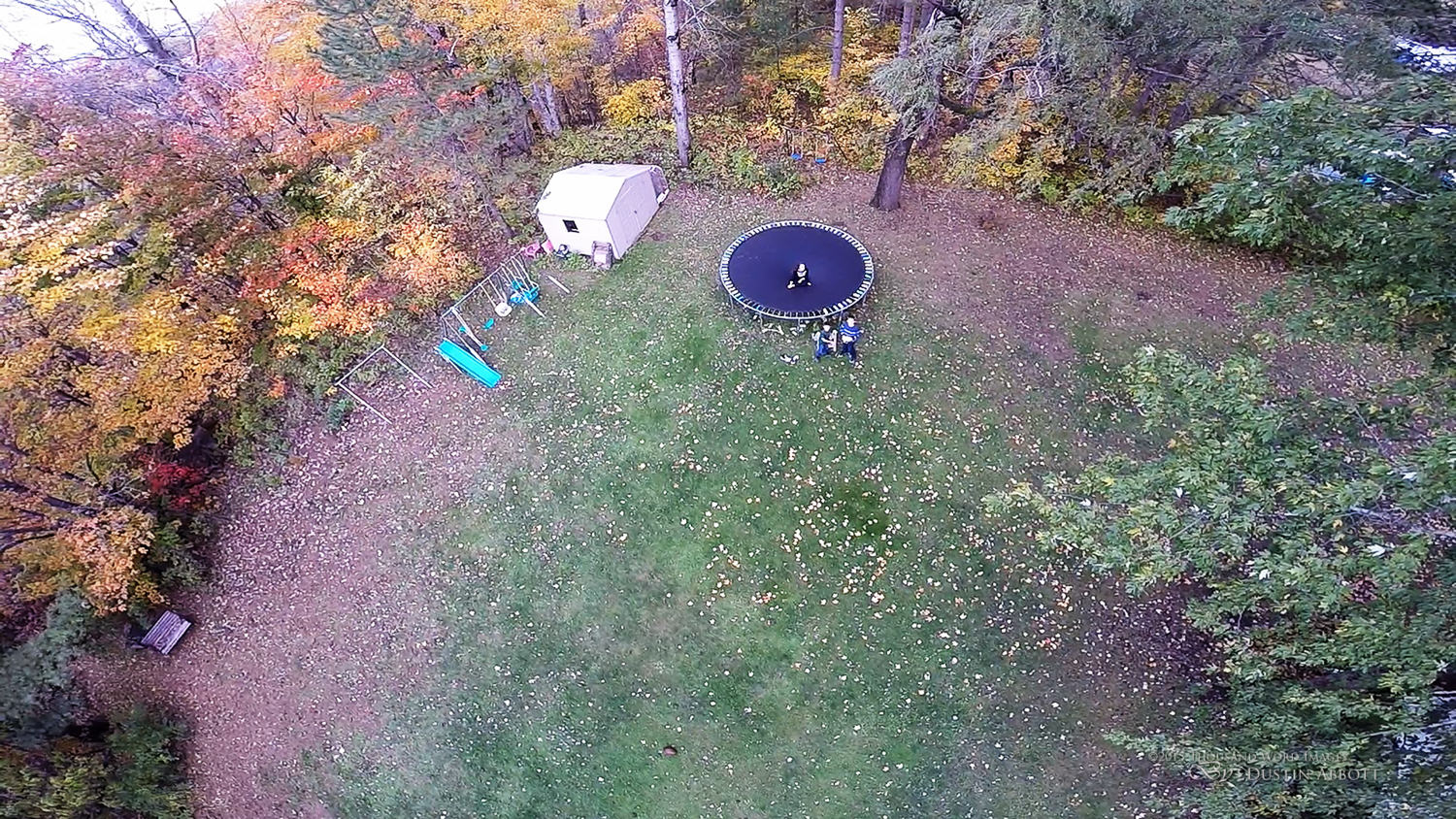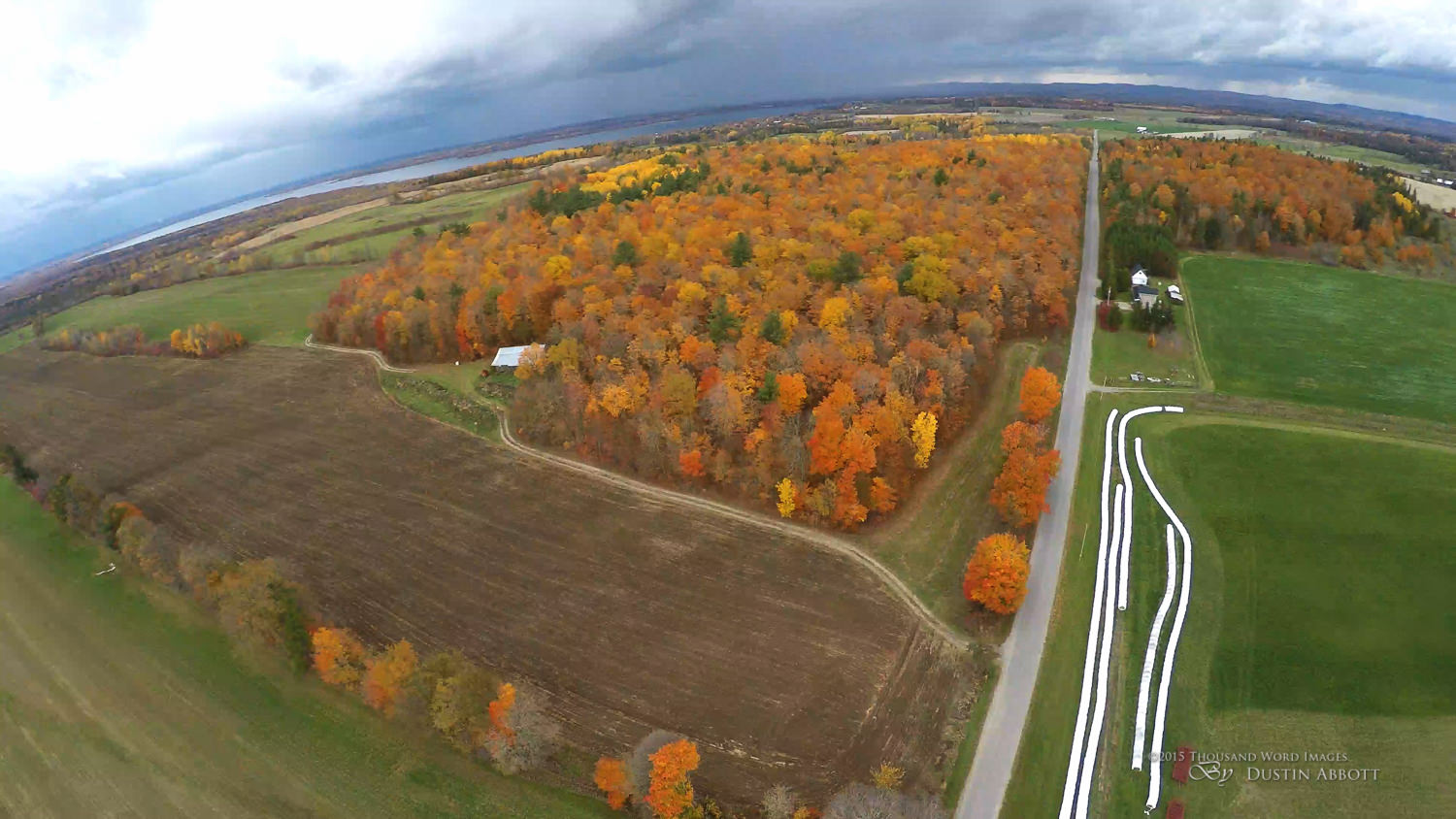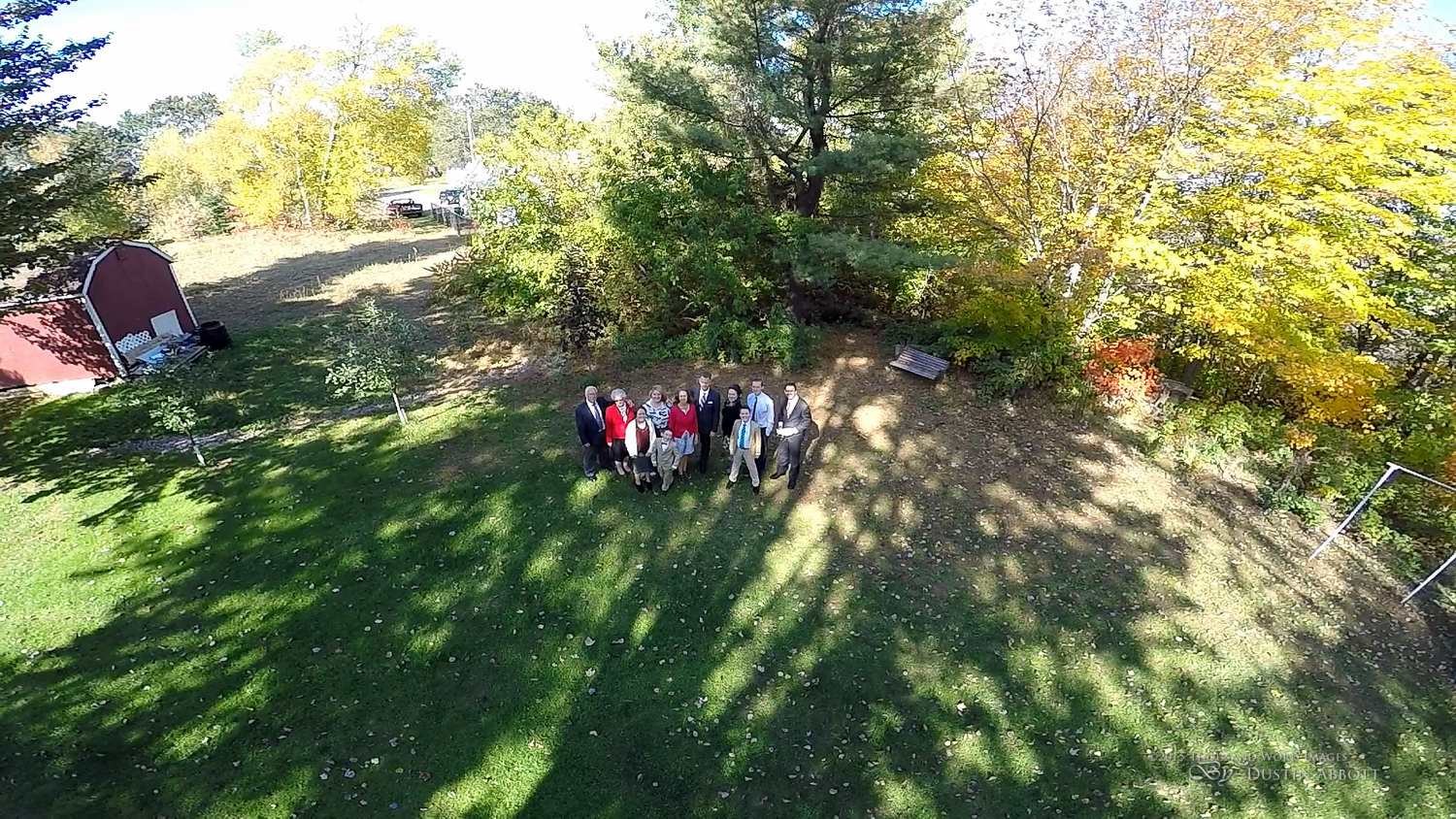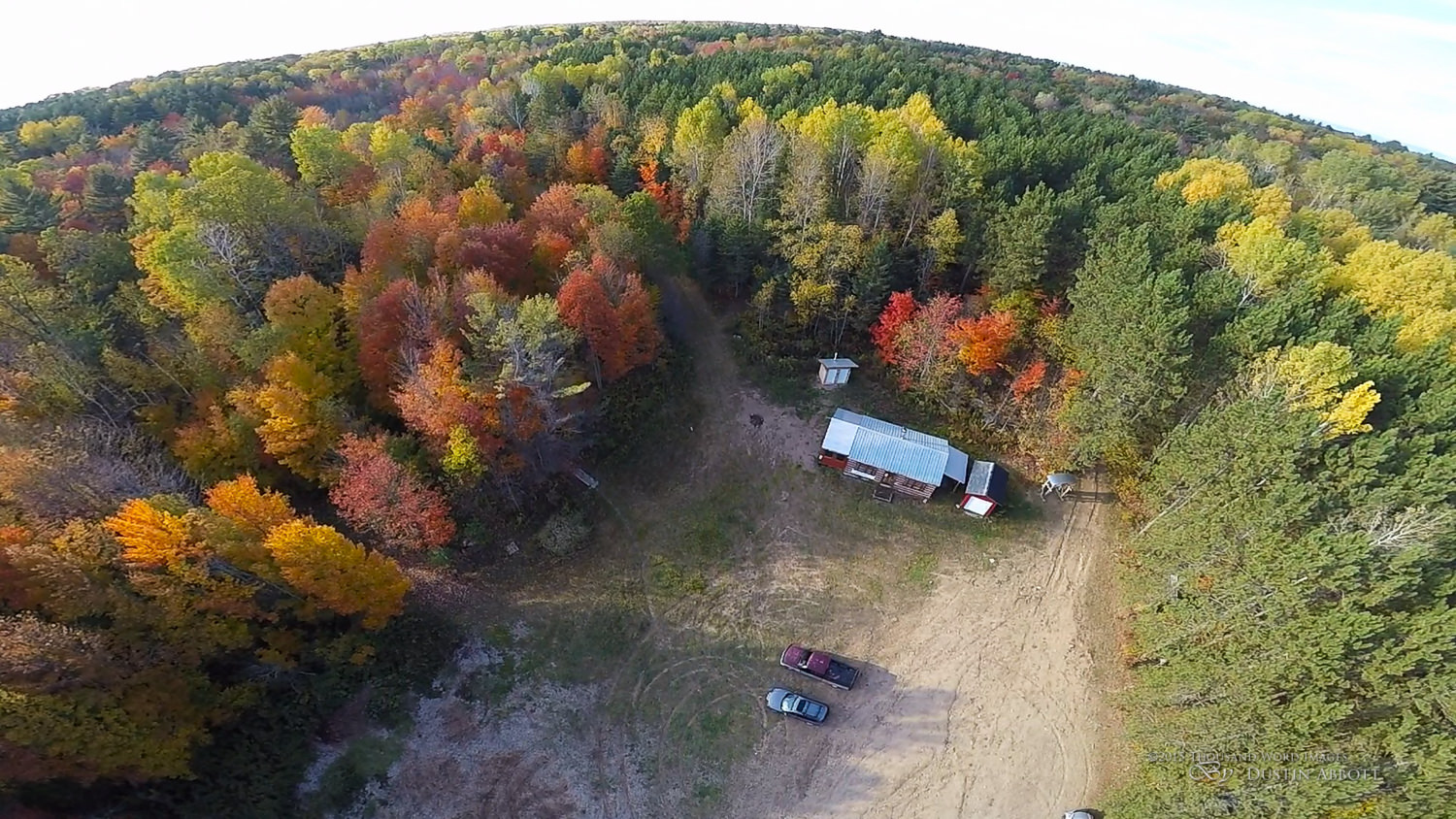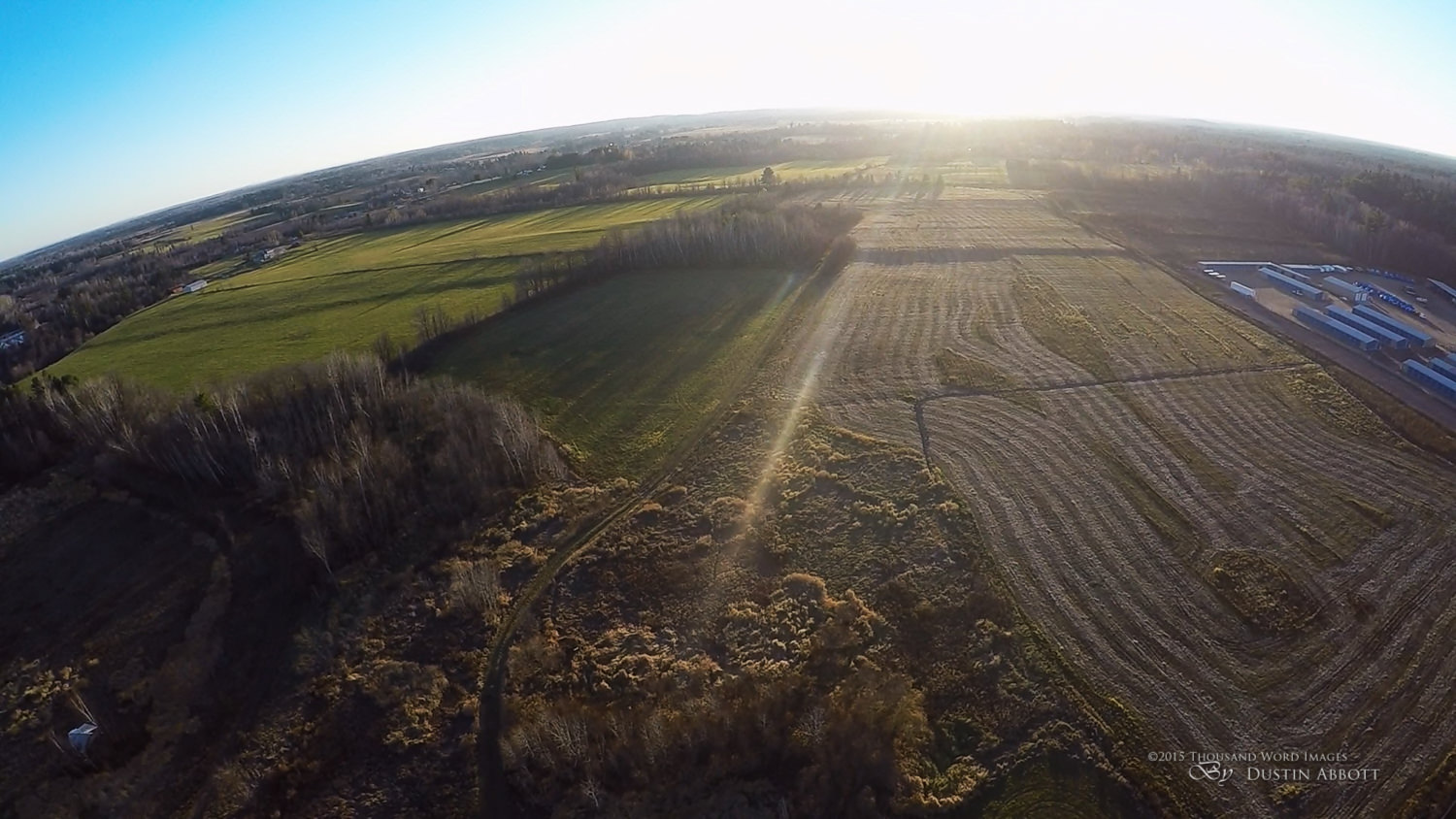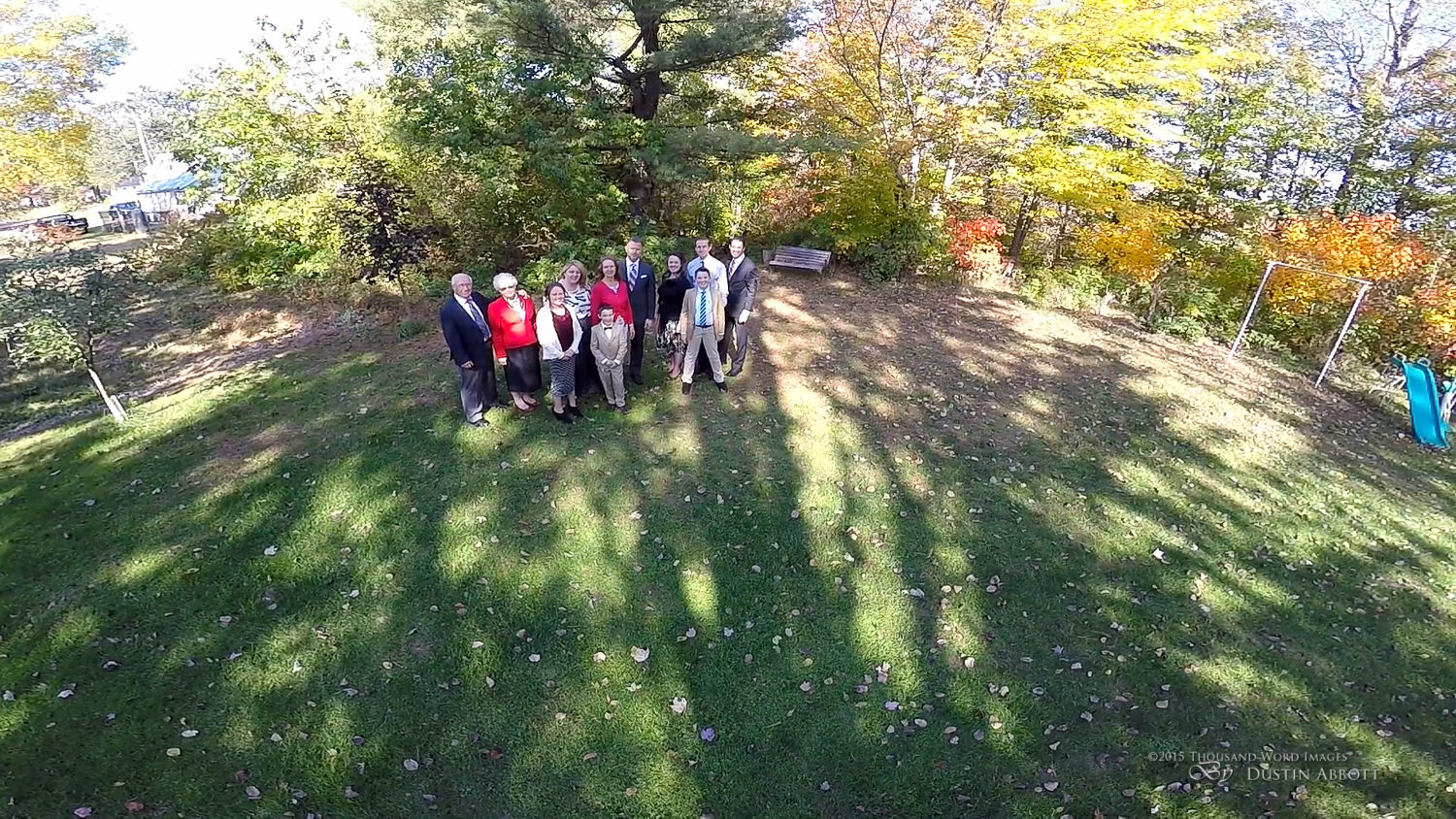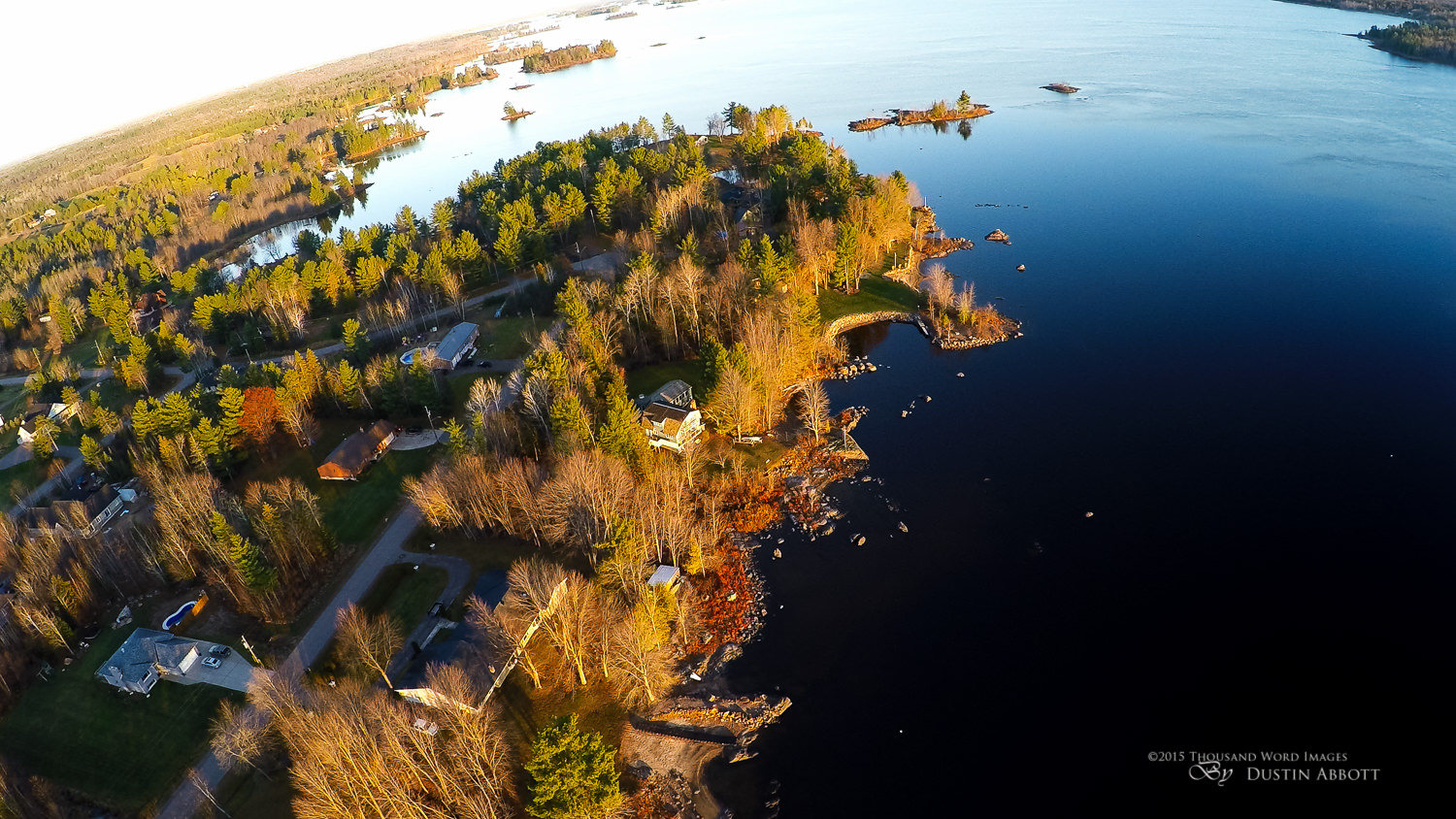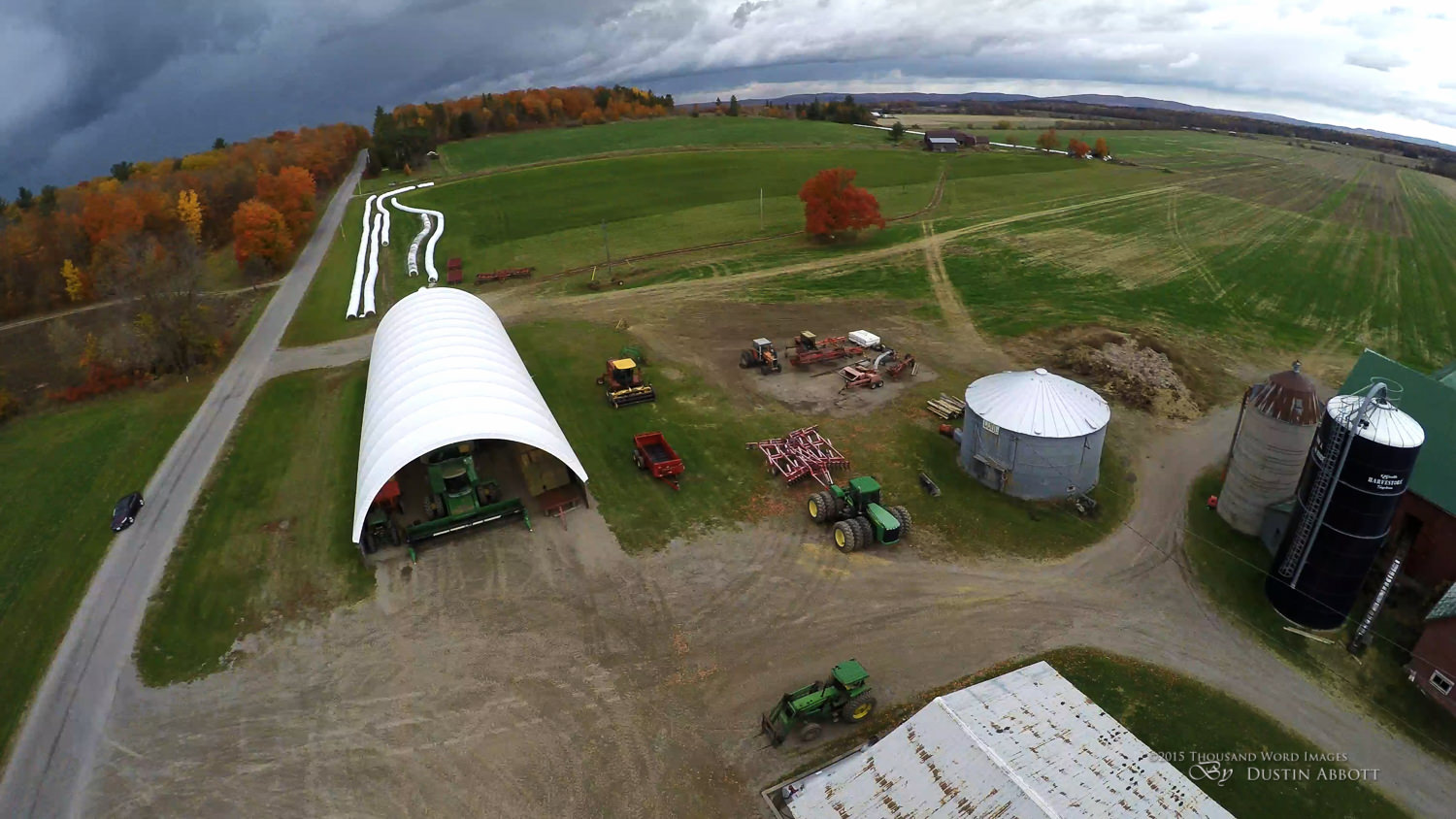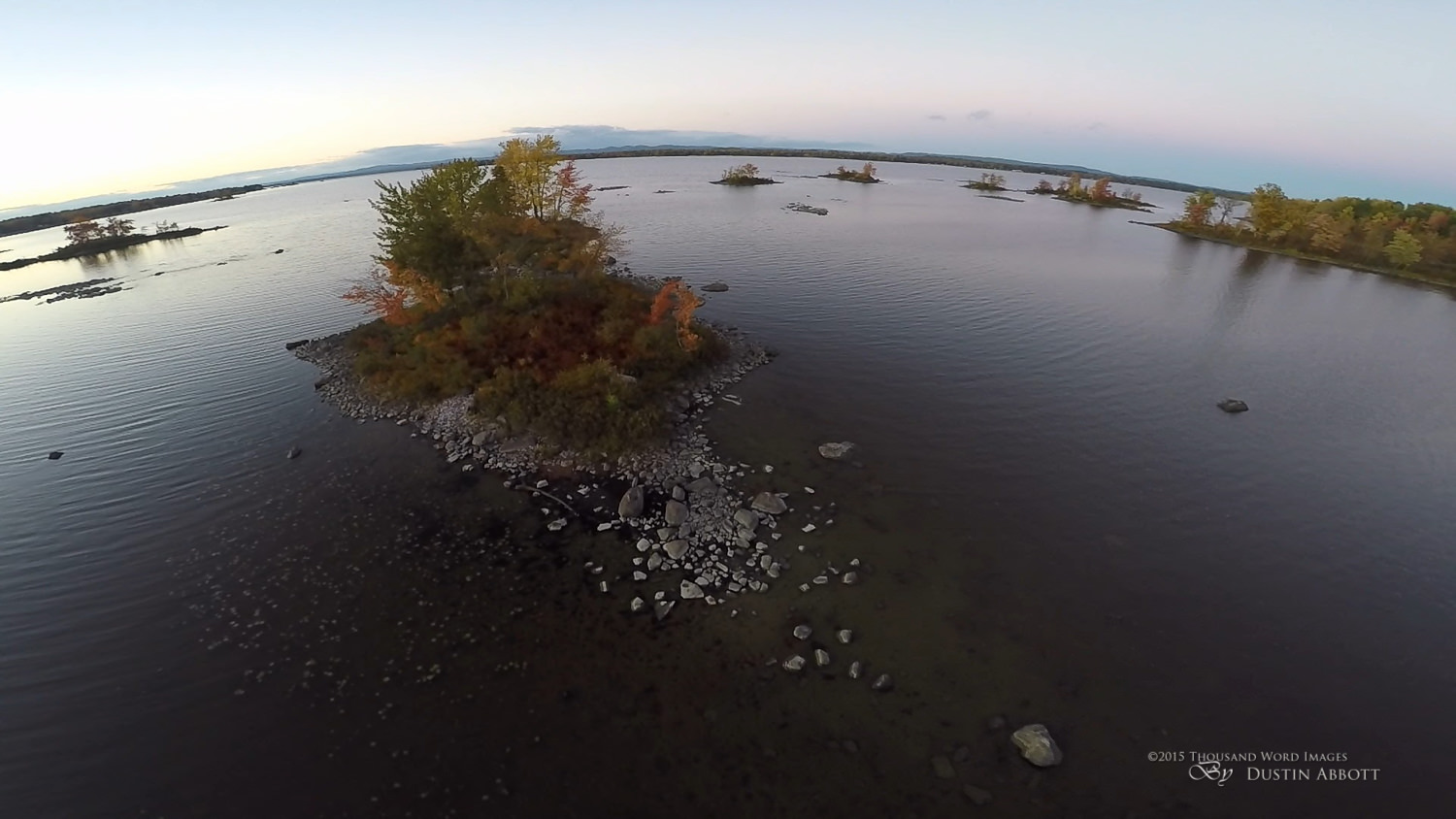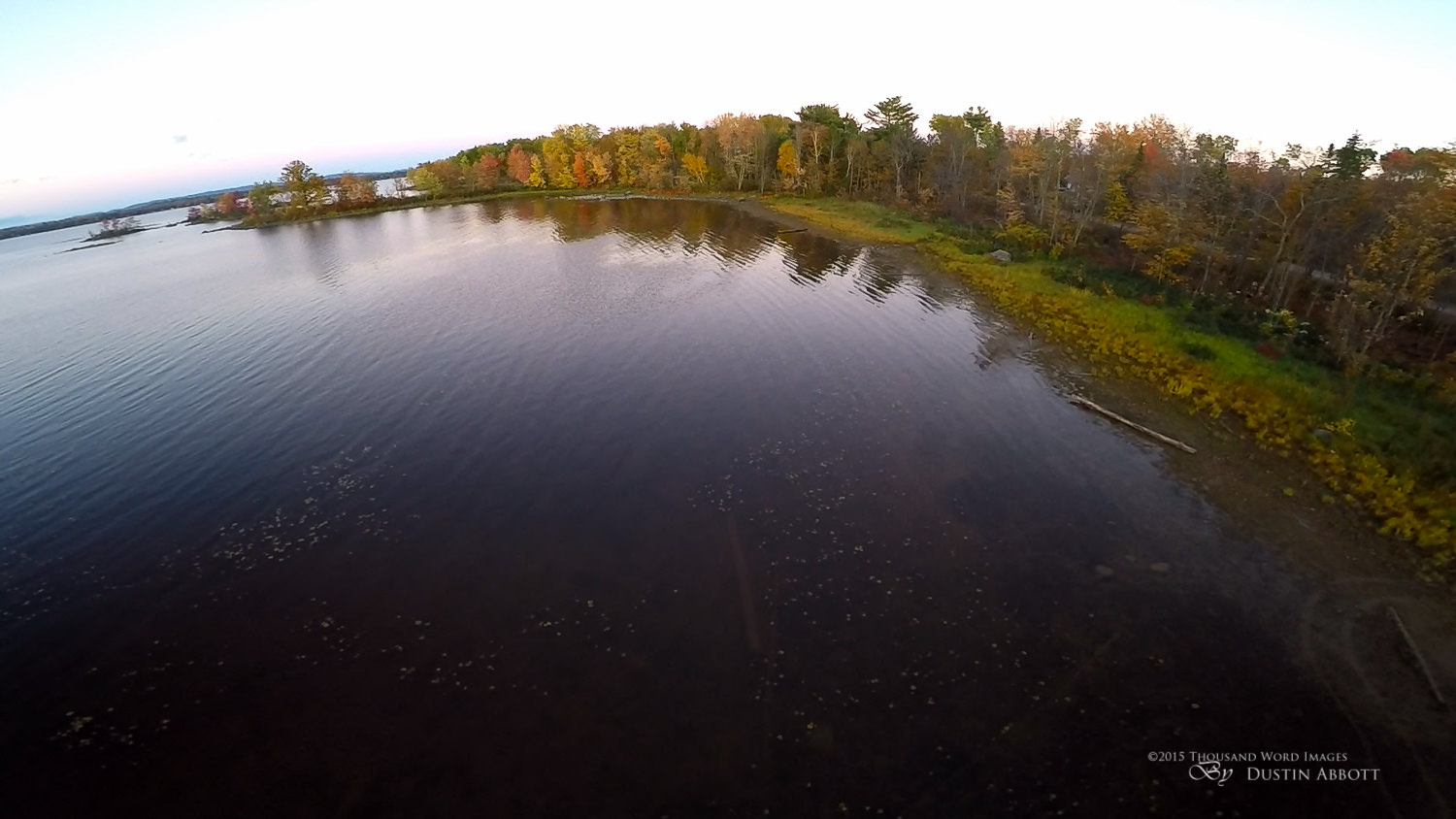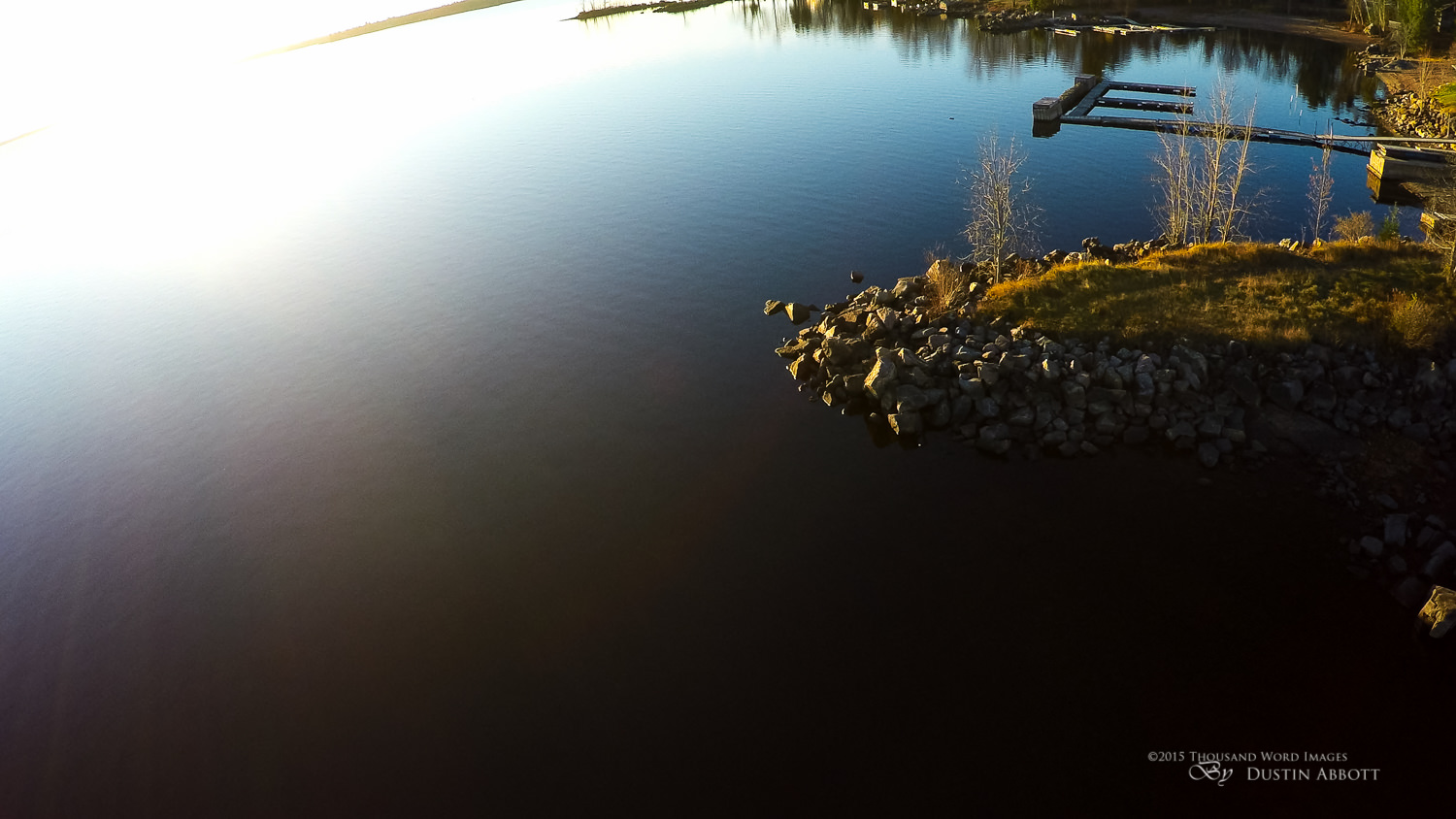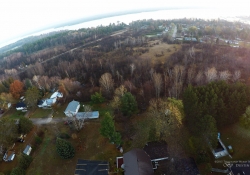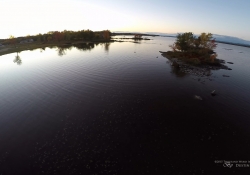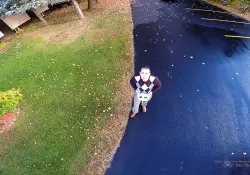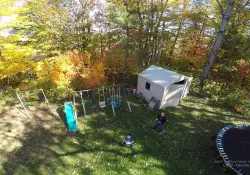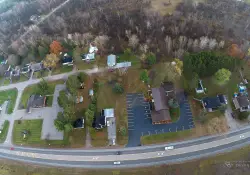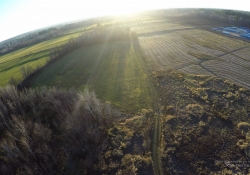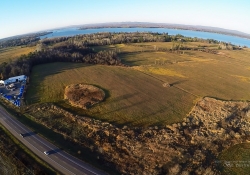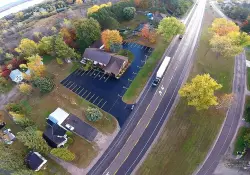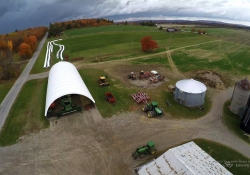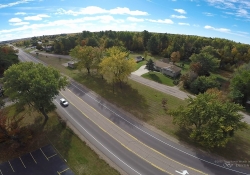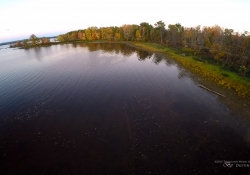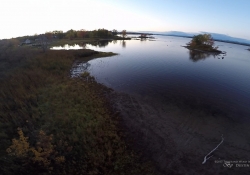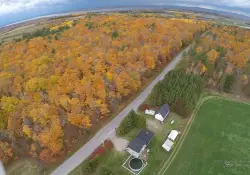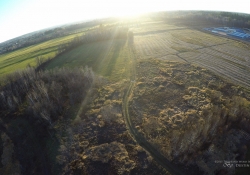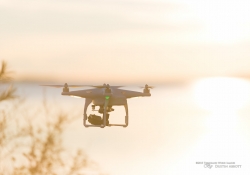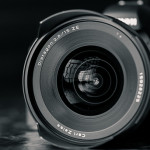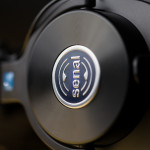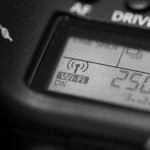You’ve probably all been walking through a mall and seen someone demonstrating a little remote control helicopter from a kiosk in the middle of the hallway. Oohs and ahhs are heard as the little copter swoops around and soars like a bird high above the second or third floors. Maybe you’ve even bought one, and found that flying that little dude was a wee bit harder than what the demonstrator made it look like. Perhaps yours actually lasted long enough for you to tire of it, but there’s a good chance that you or someone you love managed to crash it severely enough to prematurely end its little life.
If you’ve ever seen a larger quad-copter like the DJI Phantom 2, this might be the memory that comes to mind. The thought of flying something that costs 10x more (and maybe a lot with a $500 GoPro attached to the underbelly) is enough to make you break out in hives – no matter how much fun it looks like.
I’ve got good news for you – the DJI Phantom 2 V2.0 is easy to operate even if you aren’t an expert behind the flight stick. My 8, 11, and 12 year olds have all managed to pilot it without permanent damage. It is somewhat nerve wracking to launch that much money into the air, but the process of flying the drone and the amazing footage that you can capture makes it all worthwhile. Basically all the photos in this review are stills pulled from video footage (some higher resolution than others). Check out my video review here with a lot of footage:
A Drone Rookie
While I am somewhat of an expert when it comes to photography and its accompanying gear, I must confess to being a drone rookie. I had never flown one before, but I knew that they were growing in popularity and when I was in NYC in August, I dialogued with some of the guys from B&H about quadcopters and we determined that I should do a review of one at some point. That moment is now, and I’ve been working at learning how to get the best of this drone despite my inexperience.
The Phantom 2 is not the newest drone on the market, but it is still a very viable platform that has benefited from a price reduction due to newer releases.
GoPro Rookie
While we are in full disclosure mode, I will also admit to just purchasing my first GoPro (a Hero4 Silver) just a couple of months ago. My son and I decided to go in on one together to use for projects and outdoor fun. I’ve had to learn both products on the fly, but the good news is that once you get it into the air, the DJI Phantom and the GoPro combo can make you look like a pro despite your inexperience.
Still, I’m not going to pretend to do this review as a professional. Rather I am going to cover my experience of using this combination like many of you – as someone new to drones and flying.
Some Assembly Required
The DJI Phantom 2 arrived in a handsome box somewhat reminiscent of an Apple product. It has that slick awareness of packaging, but the downside to all of this coolness is that the physical directions for assembly are a little sparse. Do yourself a favor and scan the QR code (or manually lookup the videos) that links you to assembly and preparation videos. I found that they were much easier to follow. Assembly mostly comes down to attaching the rotors and then the finer work of attaching the Gimbal assembly (in my case the Zenmuse H4-3D) which allows you to attach (and control, to some extent) the GoPro camera (mine is a Hero4 Silver). The gimbal assembly is a little fiddly, and that is mostly where videos came in handy. This stage will require a little fine motor skills, so be prepared, though it was all accomplished within about an hour for me. There are variety of different decals included to customizing your copter and helping with visual recognition, but I let mine unadorned since it was going back to B&H (thanks for the loaner!) after the review was finished.
You are going to want that gimbal assembly. It provides a very nicely stable platform for capturing smooth video and stills.
DJI thoughtfully included a full extra set of rotors as these are the most vulnerable parts of the copter. My lone accident came when I came too close to a brick entryway and clipped a rotor. The tumble was relatively small (and the copter itself was unfazed), but that particular rotor blade was sheared off and needed replacement. Replacing it was a simple matter, and you can find additional rotors for around $15 a pair.
The Painful Part
I must confess that I got a little frustrated during the initial calibration sequence (and in more than one afterward). I kept repeating the steps as shown on the sheet (or at least I thought I was), but the drone was not syncing. I finally resorted to watching a YouTube video on the calibration that helped better explain the process. He noted that extensive amounts of metal and concrete could interfere with the process, so I tried taking it outside and starting over grass with better success. Still, I found this to be an ongoing source of frustration. It is technically a matter of rotating the drone around clockwise on one axis and then standing it up on it’s side and rotating it counterclockwise on a second axis, but it rarely proved to be so simple. There were several times that I was in a rush to try to capture fading light and the drone simply wouldn’t cooperate with me.
The Heavenly Part
But all this changes when you launch the Phantom 2 into the air. Talk about something to impress your friends! A crowd quickly gathers, mouth agape, to watch the copter shoot into the air and then fly smoothly and stably through the sky. It is small enough that it becomes a speck in the sky long before it goes out of range. It is stable enough that I used it on our Canadian Thanksgiving holiday to take some family pictures (a small group of us were together). We all enjoyed getting something a little different this year.
It is that stability in flight that really inspires confidence even for a rookie like myself. It makes you look like a better pilot than you are. Even on my first flight I was able to return the drone to the ground lightly nearby me.
The Phantom 2 is a revelation in the air. It can fly straight up at nearly 20 feet per second! Watching it just shoot up into the sky still impresses me after several dozen flights. It descends more slowly (probably wise!) at 6.6 fps. It has an actual flight velocity of right under 50 feet per second, though they don’t recommend flying it that quickly. But if you were concerned about it keeping up with you while you ran or cycled, umm, that probably won’t be a problem!
The DJI Phantom 2 does a great job of adjusting itself even in minor gusty wind conditions, which further enables you to get quality footage with it. Don’t try flying it in strong wind, though, as it can only compensate so much. You can’t defeat physics!
Another nice feature is that you can lock the left flight stick down and it will perform a nicely gradual descent. It puts itself down a little hard, however, so I would frequently ease it up before land and try to feather the landing a bit more. Fine adjustments are the key to flying smoothly anyway, and I found that I was able to do that quite well – though I haven’t completely mastered a slow enough 360 degree revolution. Some of that footage I felt I needed to slow in post because it was a bit abrupt.
Newer generations have helped to alleviate one major issue with flying the Phantom 2 – you can’t really see what the camera sees. Yes, there is a GoPro App, but my son and I’s experiments with it showed us that it was unreliable at best. The range simply wasn’t long enough, and worse still, the app disconnecting from the GoPro when drone went out of range often messed up that particular recording. It will work only if you are flying reasonably close, and expect a few frustrations even then. For the most part, however, you will have to rely on visual confirmation. That presents a challenge, because the drone is capable of flying far further than what you can keep up with in visual confirmation. It can be controlled up to a kilometer away (3280 feet), with many users reporting being able to fly it even further. The Phantom 2 can essentially climb until the battery runs out (NOT a good idea), which will very quickly put it out of visual range.
One thing that helps is that the drone has flashing running lights – red on one side, green on the other. I quickly determined that the camera was facing in the red direction, which did allow me some visual orientation even when the drone was quite high. In some ways this combination reminds me of the GoPro itself – it can accomplish some great things but without a lot of feedback during the actual capture! Still, this is an amazing combination for reason #2:
A second heavenly part comes when you are able to review the incredible video footage you are able to capture. I live in a heavily wooded zone that has relatively few high points from which to overlook the community, and seeing even my neighborhood from the air was revelatory. The view from above the trees is so different than from the tree level. Even from my first share of video footage requests started to come in for me to do some paid gigs of shoot people’s farms and homes. It used to be that you could only get this kind of footage from expensive helicopter or airplane flights, but all that has changed in this new era of unmanned aircraft. The footage is absolutely stunning. The lightweight GoPro is a nice pairing, and the Zenmuse H4-3D gimbal is a perfectly stable platform for capturing footage. If you are so inclined you could probably quickly pay for your drone by using it to capture aerial footage for paying clients.
This combination has an advantage over equivalent platforms with a built in camera because of the quality of the footage. You can get equivalent footage to much more expensive options using this combination. Those with a built in camera have better support for allowing you to see what the camera sees, but this combination allows you to get great footage (and stills) for a reasonable price. I found that I could shoot 4K video, pull stills that looked great, and then just downgrade the video footage to 1080p for output. I have no complaints about the kind of footage I was getting from this setup – very, very impressive! The shot below is from a 4K pull, and you can see a lot of detail even in this grabbed still.
Pretty Tough
Another concern for many of us will be the durability of the drone. It seems to be built very tough, however. During my review it survived a few minor crashes without any permanent damage. My only real damage was when I flew it a little too close to a bricked entry on a build and one of the rotors clipped the brick edge. That rotor sheered off (and was easily replaced in a few seconds), but the copter itself was fine. There are number of replacement parts available, so, barring it falling out of the sky, it should prove durable.
Battery Life
The included battery pack can be charged relatively quickly and is rated for up to 25 minutes flight time. This will vary depending on conditions, and one of my frustrations with the calibration process before each flight was that if the process went on for several minutes it was cutting into the flight times. If you are flying in gusty conditions the copter will obviously burn more juice trying to keep itself stabilized. Battery life is actually fairly good for this type of product. I did find that when the battery was almost dead I lost partial control over the copter but was able to regain it in time to land.
Overall, though, I don’t really have any horror stories. I flew the copter over water, residential areas, and roads without issue. I was always relieved when it touched back down safely!
Wild West
Since I began this review period a panel/oversight committee by the White House to help regulate drone usage for the future. We are living in the Wild West period of drone usage, and one of my Special Forces friends told me that there are more regulations on the military’s use of drones here in Canada than what there are on the general public. It is clear that drone technology is here to stay, however, and the number of new models coming to the market is growing all the time.
Conclusions
There are now a number of options on the market, but DJI is one of the most experienced companies and it shows in the execution of this product. The Phantom 2 is now a few generations behind, but still a very viable platform that is more affordable than many other options. Let’s take a quick look at pros and cons of this combination:
Pros:
- Allows you to leverage an existing GoPro
- Combination allows for exceptional quality, stable video
- Easy to fly
- Relatively inexpensive (compared to newer/other models)
- Good specs on battery life
Cons:
- Requires the purchase of a GoPro if you don’t own one
- Calibration process can be frustrating
- You can’t see what the camera sees
- Newer generations have more perks
If you own a GoPro and want a relatively inexpensive jumping off point into the world of drones, the DJI Phantom 2 V2.0 remains a very viable option. You can get amazing video footage and the copter itself is easy to fly. It may not have all the goodies of newer generations, but it is also far, far cheaper. If you are an aspiring filmmaker or do real estate photography this could be a great addition. But even if you aren’t a professional, it is still a lot of fun and that footage! That footage just keeps amazing me!
Gear: DJI Phantom 2 + Zenmuse H4-3D Gimbal; GoPro Hero4 Silver

